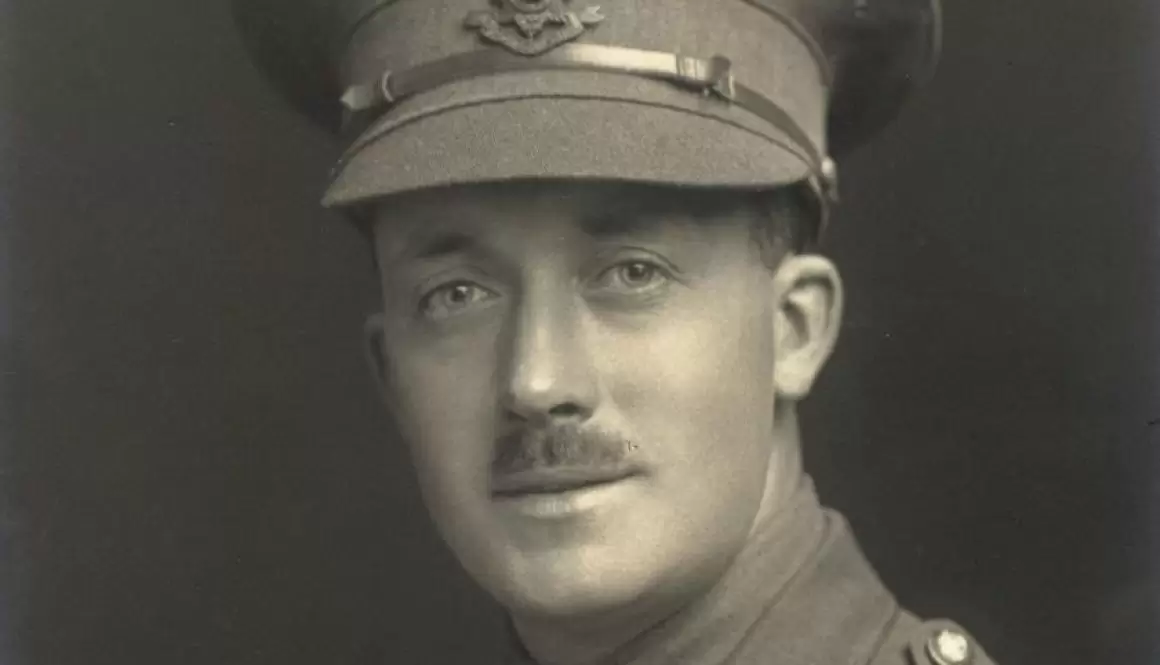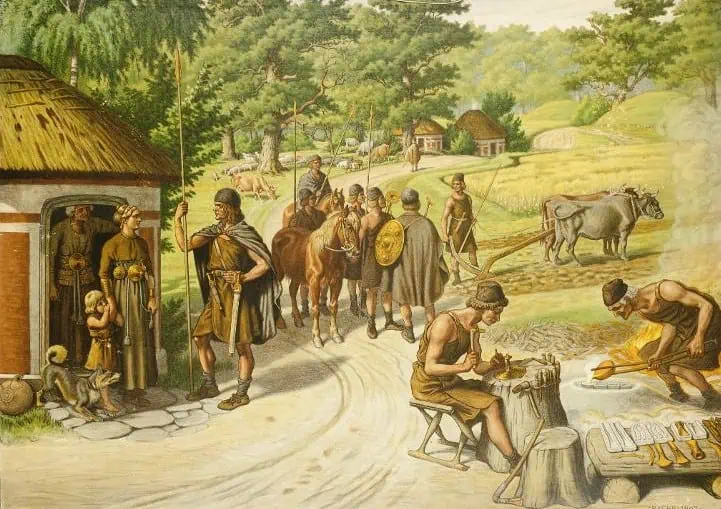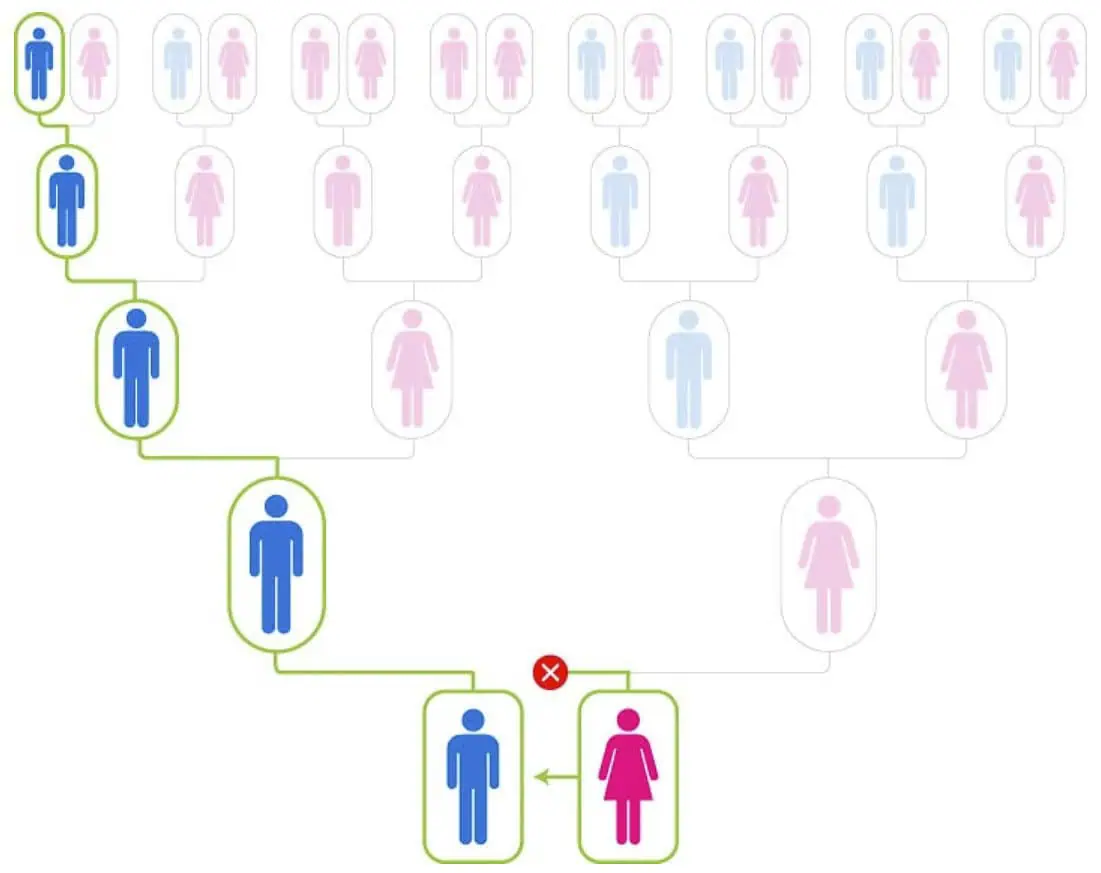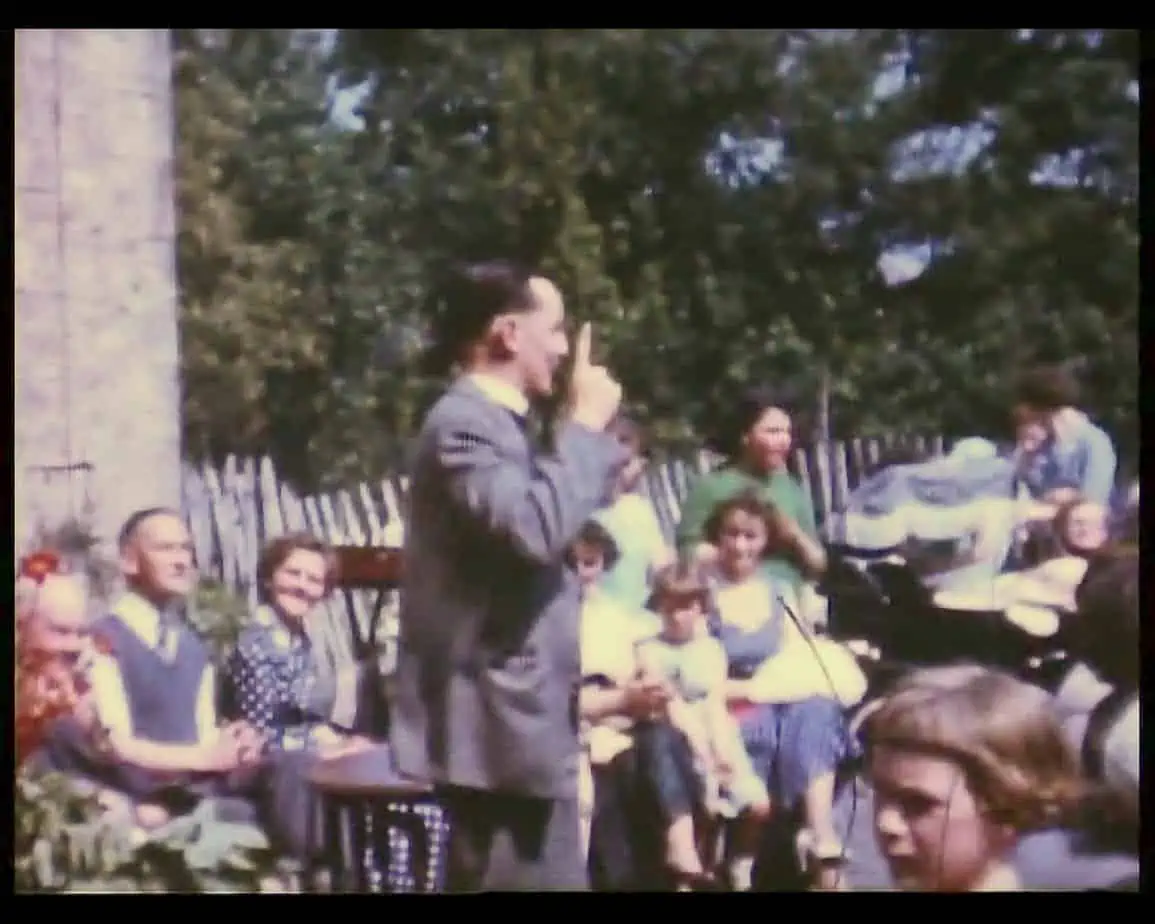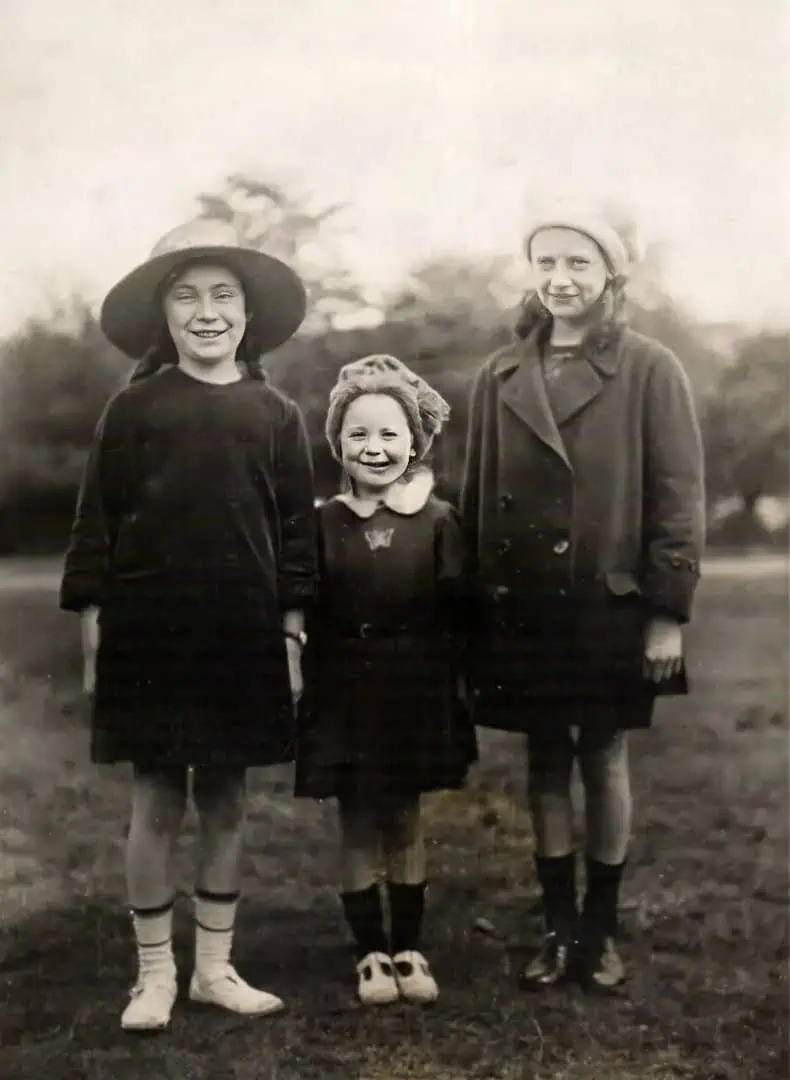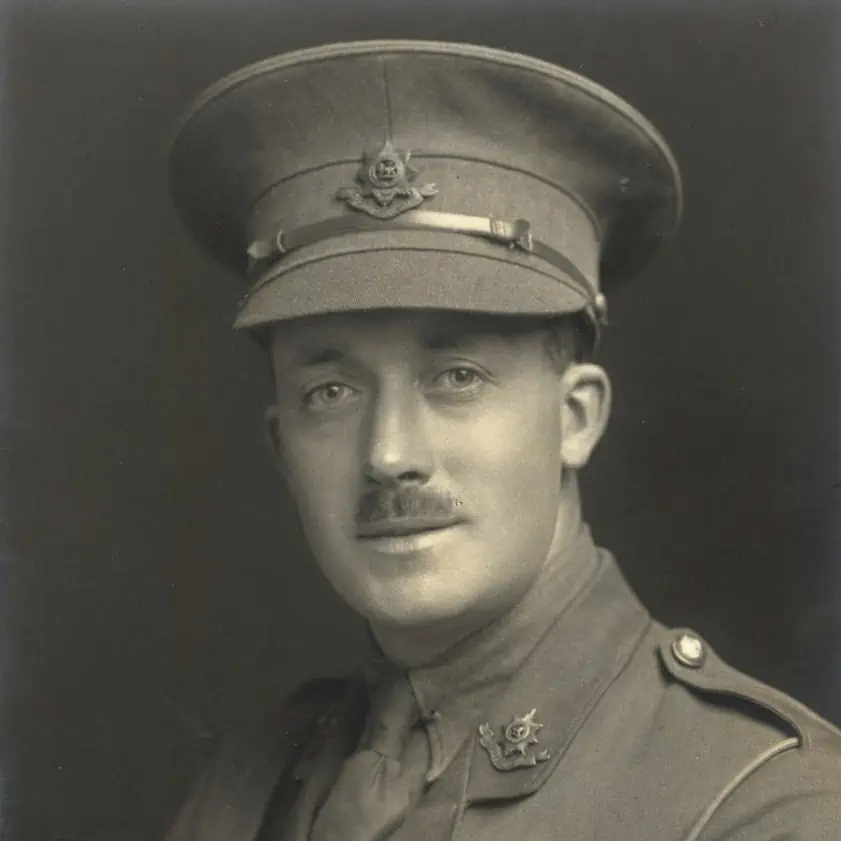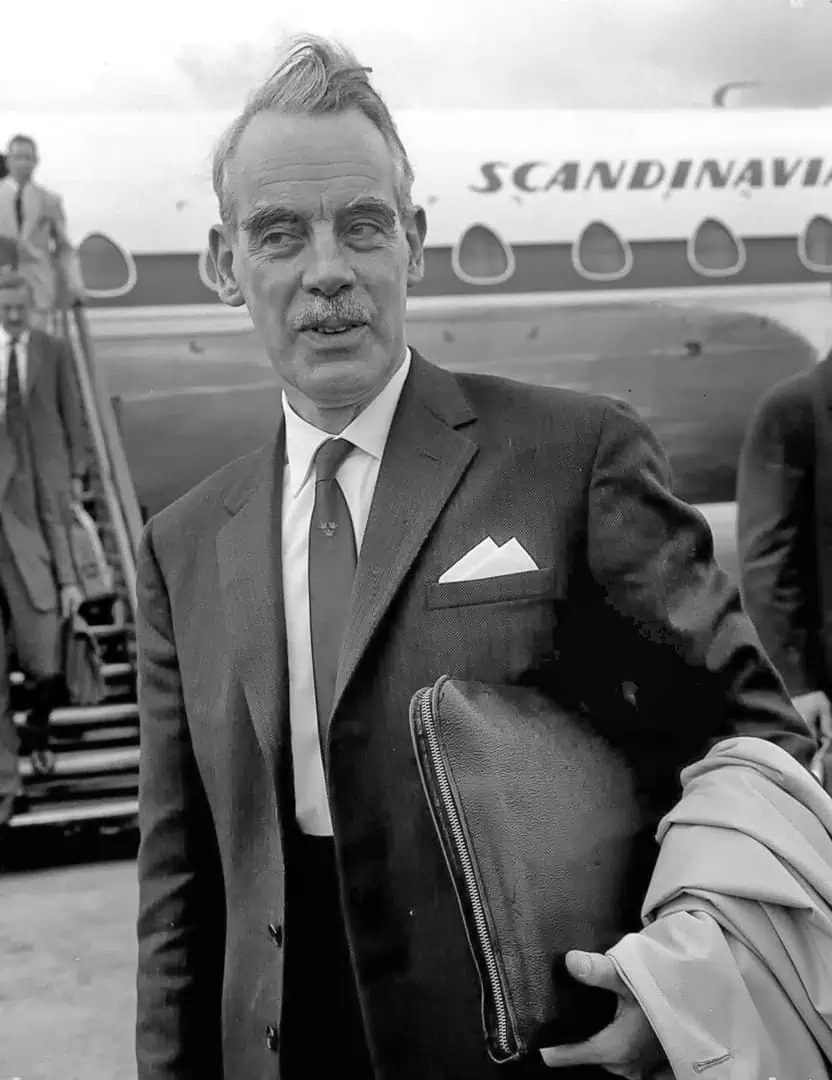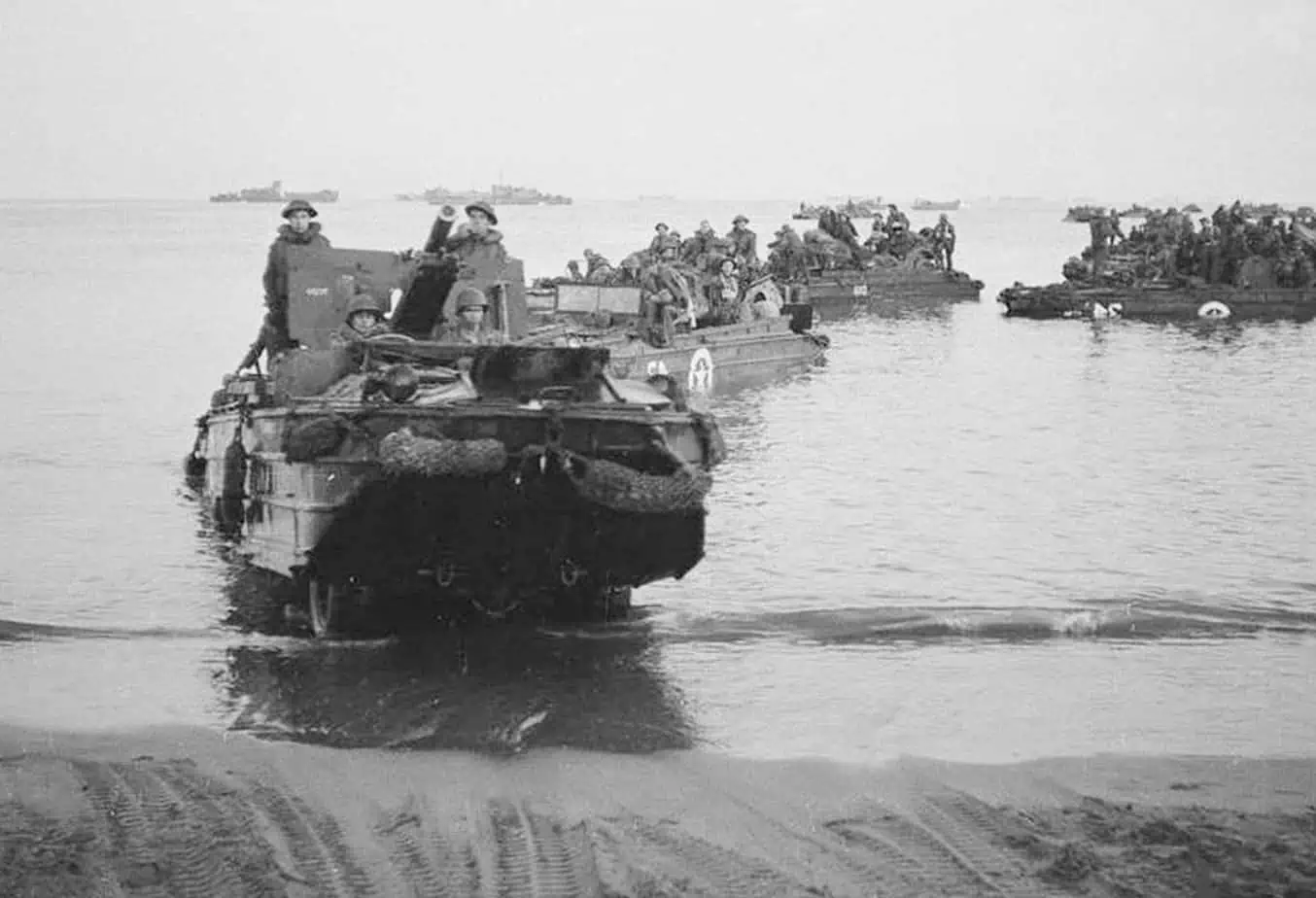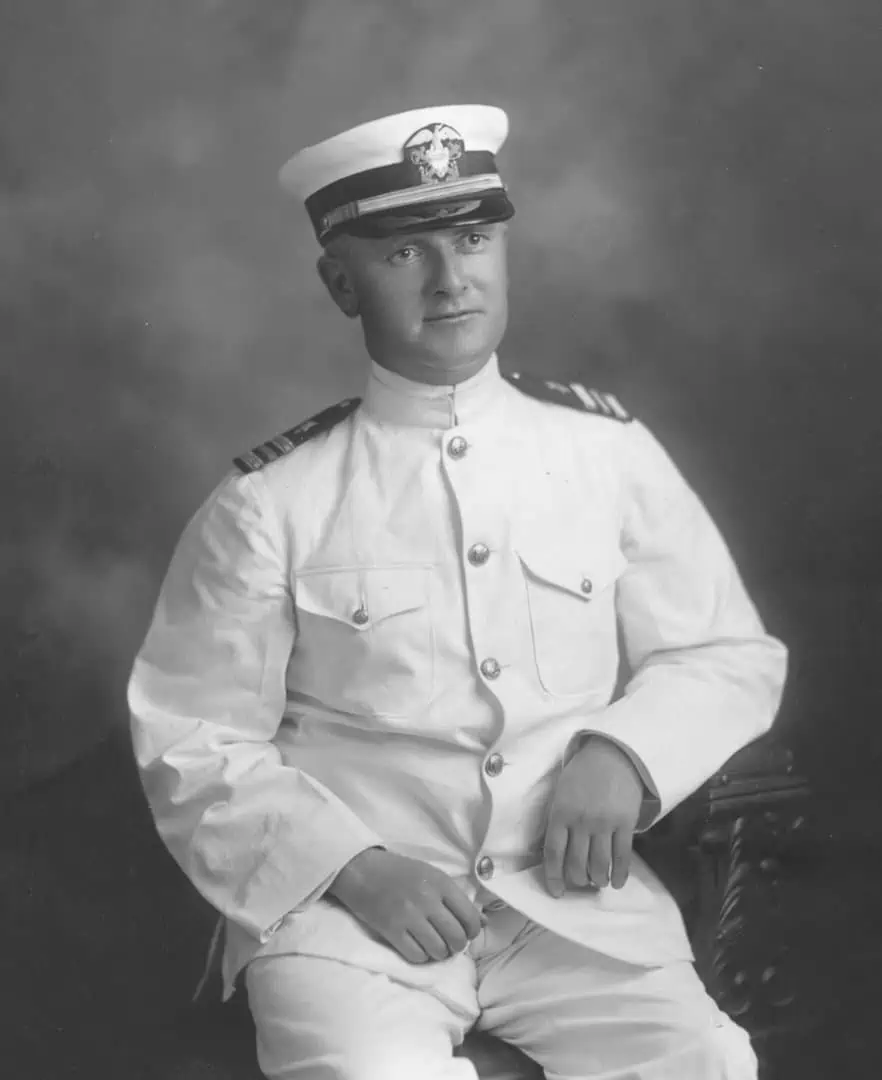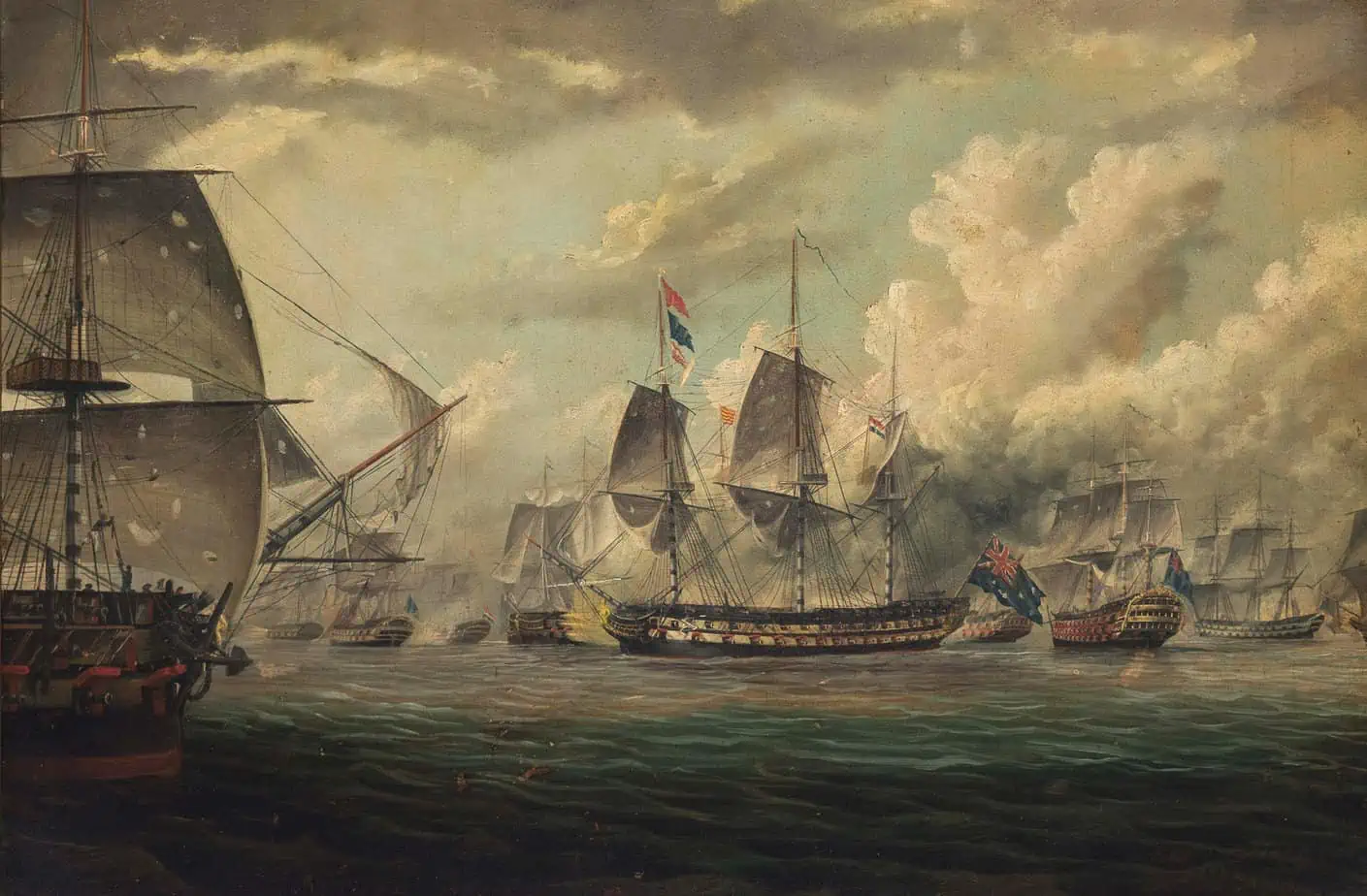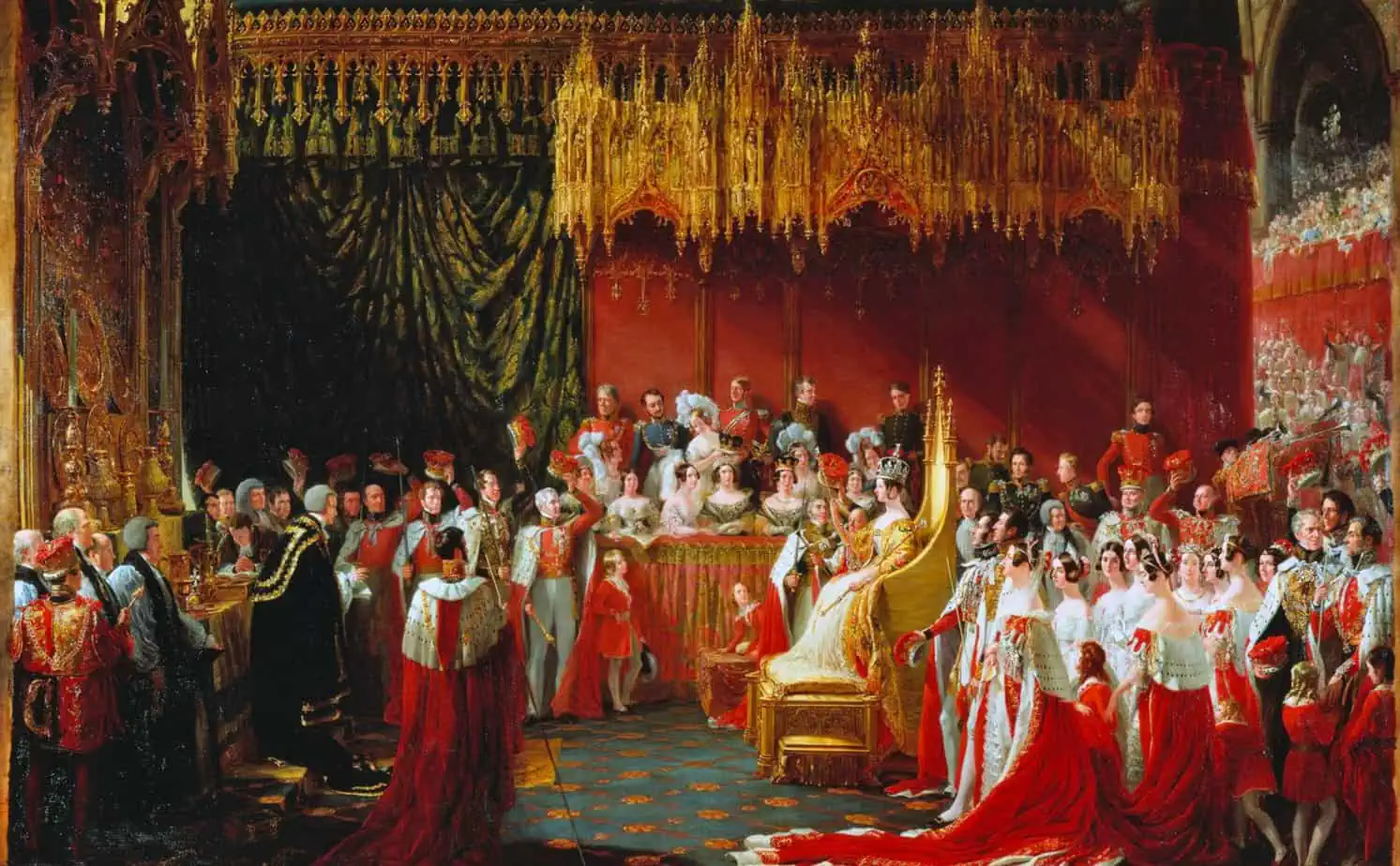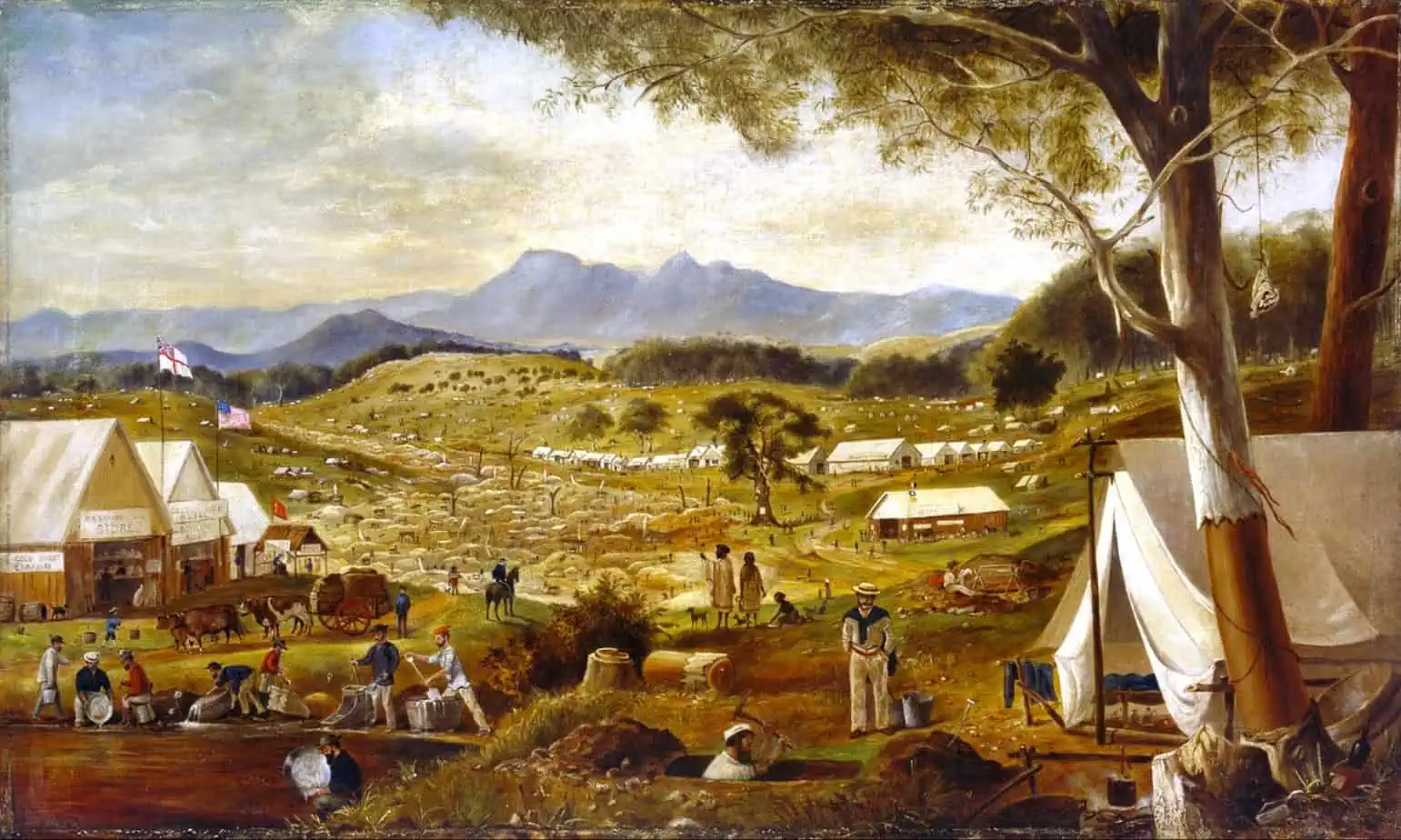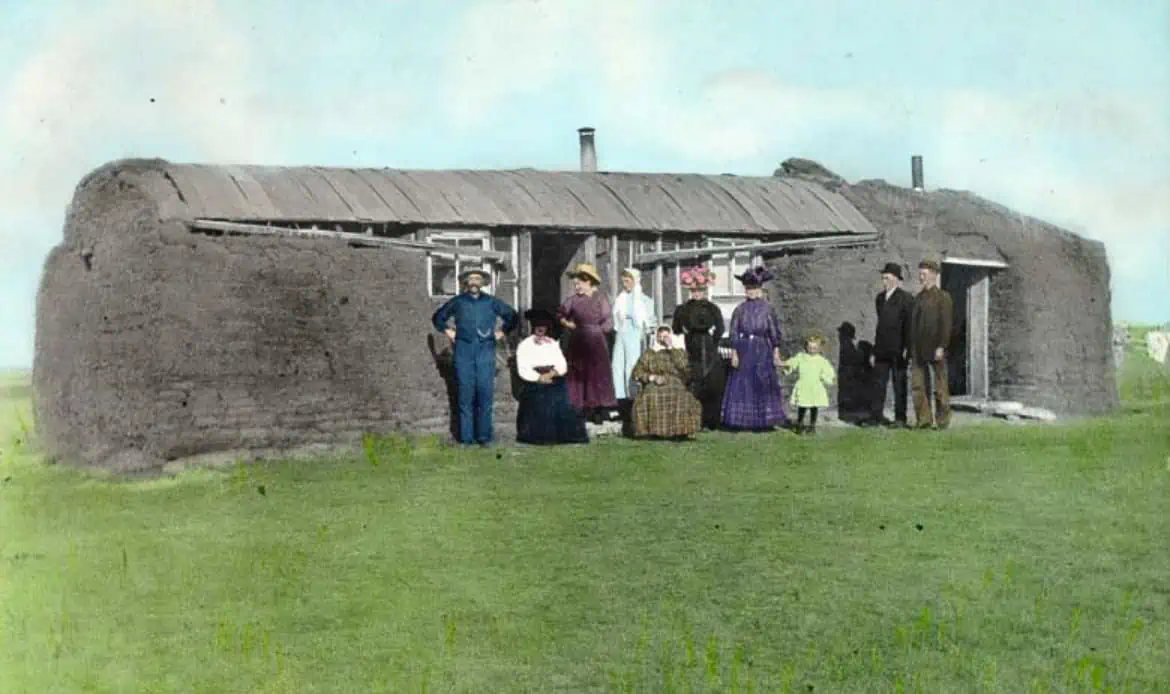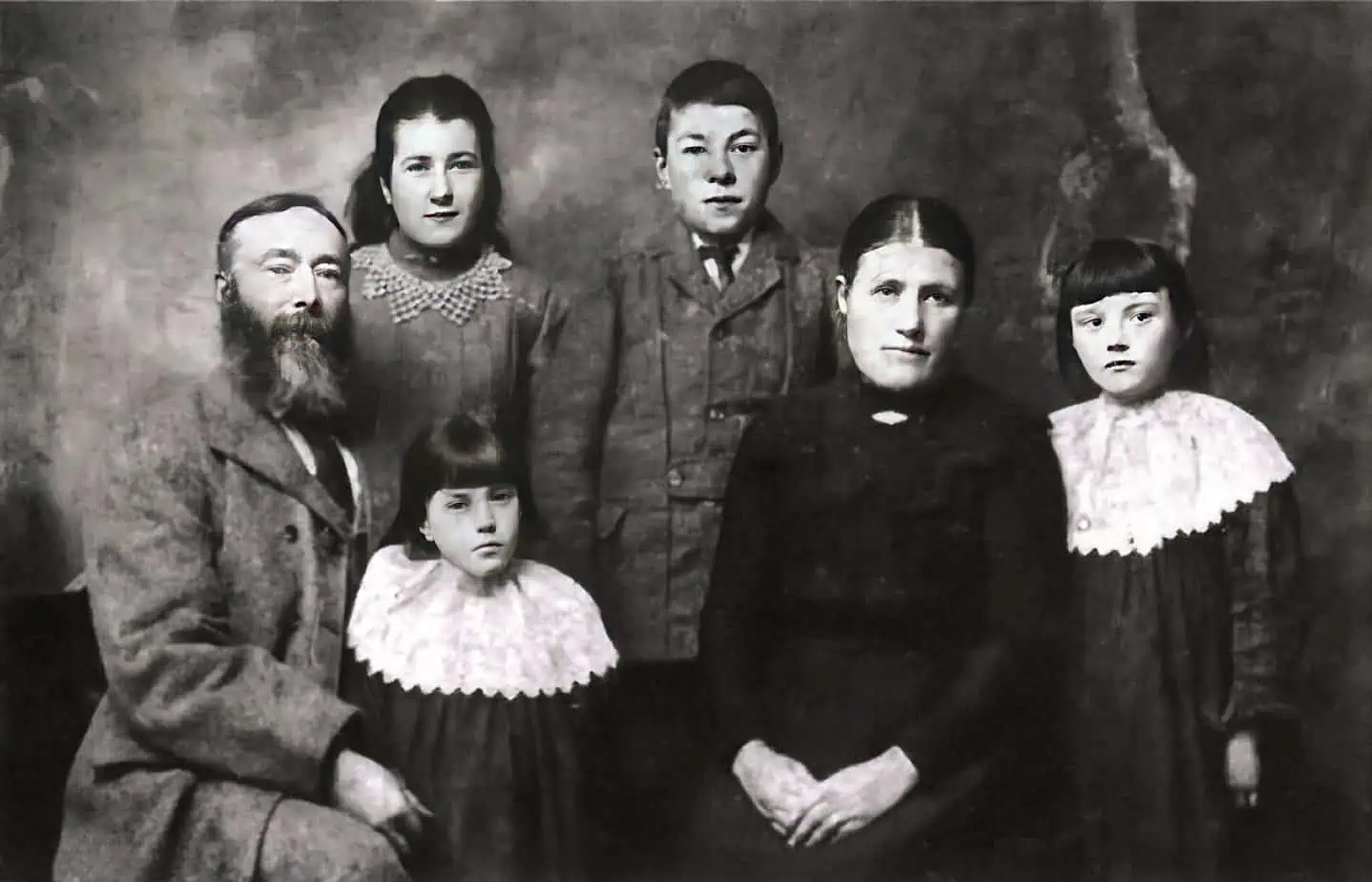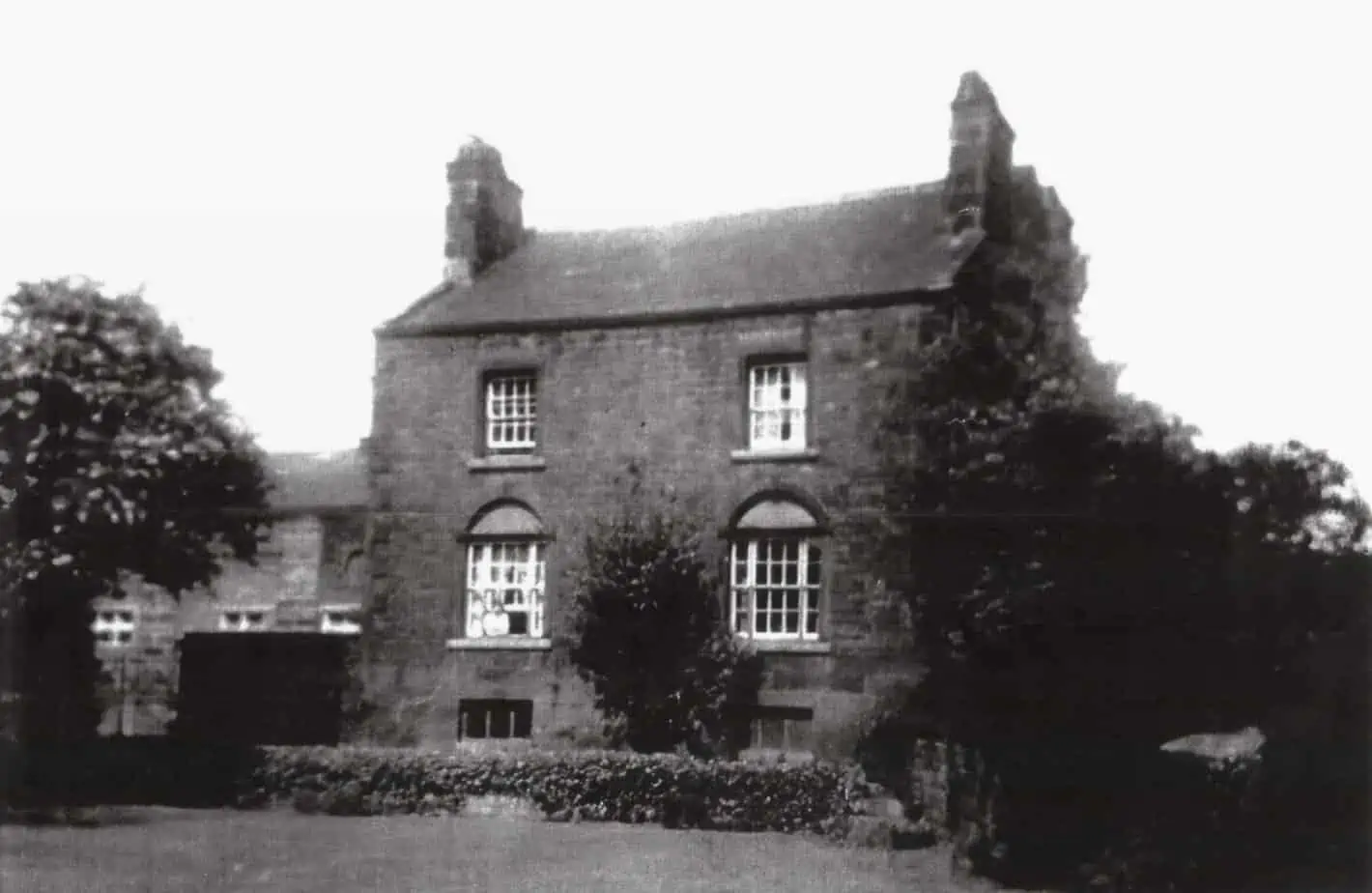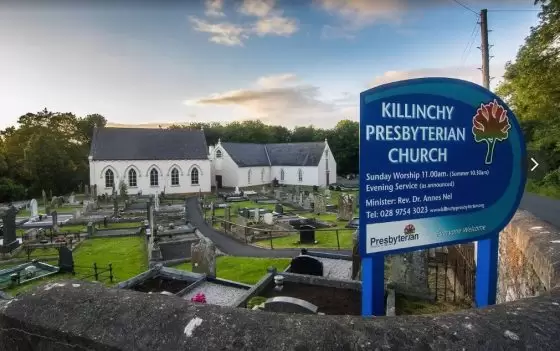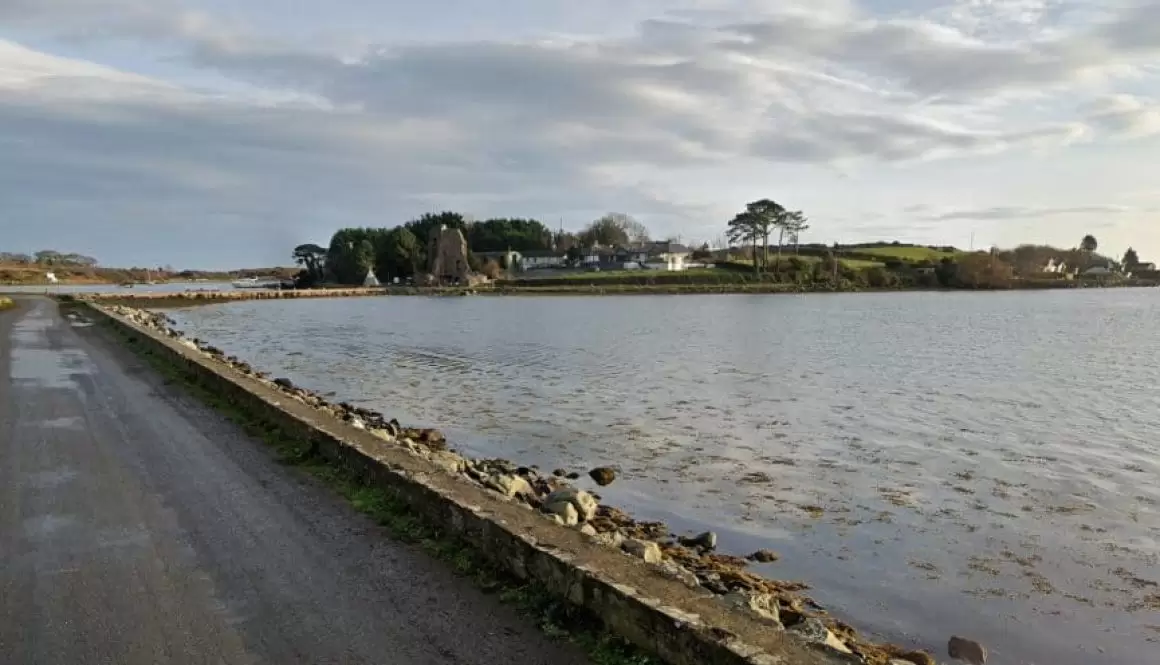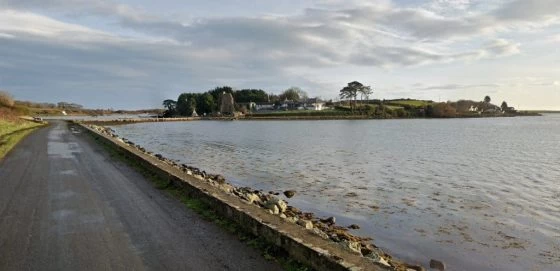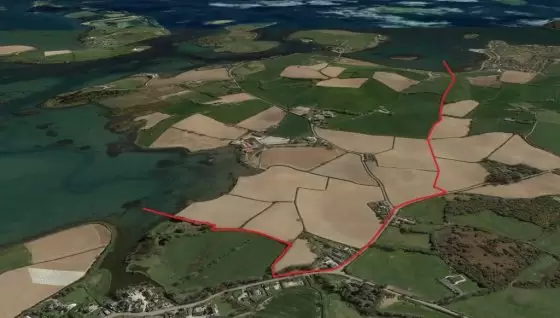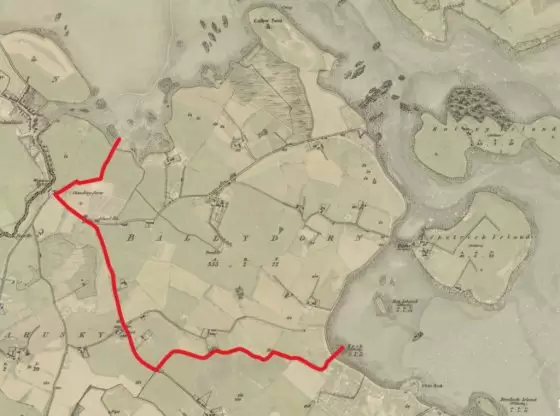Hand Loom Weaving of Linen
The linen trade played a pivotal role in the social and economic development of Belfast. The manufacture of linen was the catalyst that allowed it to grow from a town into the region’s pre-eminent city. It grew most rapidly during the 1860s – by the end of the 19th century Belfast was the linen capital of the world.
During the 18th and early 19th centuries, linen production in Ireland was a domestic industry on the farm. Flax was harvested and scutched (a process which made flax more fibrous), and then the women in the household spun it into yarn which was woven into linen cloth and taken for sale at the local market town. These farms were a common feature of the north of Ireland in the early nineteenth century.
At this time the wealth of the linen trade was in the hands of drapers and bleachers who expended their capital through the purchase of the raw, brown linens, which were then bleached over a period of six months. The finished white cloth was sold on later. In 1728 the Linen Board built a White Linen Hall in Dublin where the bleached linens were sold for export.
Linen manufacture was so widespread in Ulster that eventually the northern bleachers built their own White Linen Hall in Belfast, so they could deal direct with English traders. The port of Belfast quickly came to dominate linen cloth exports.
